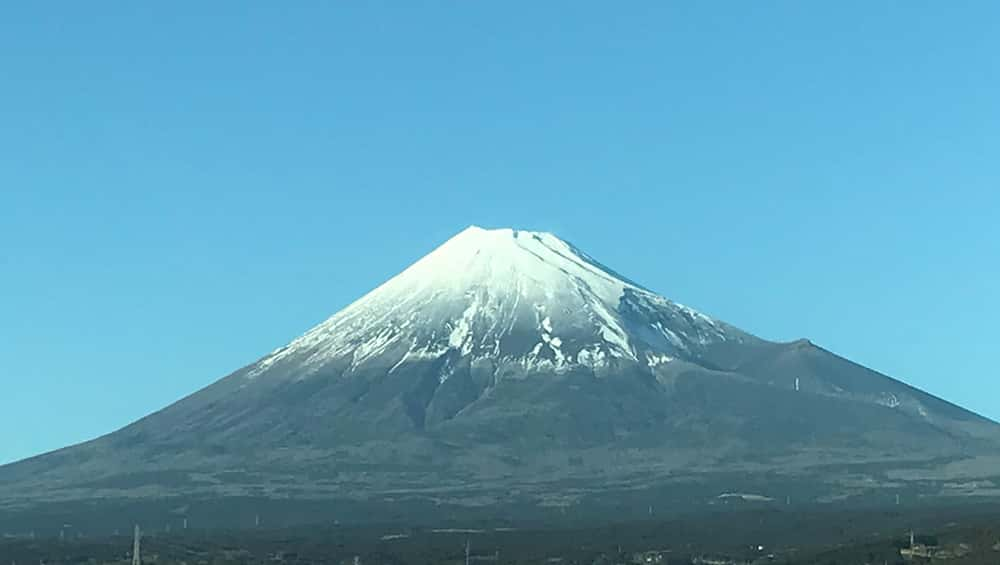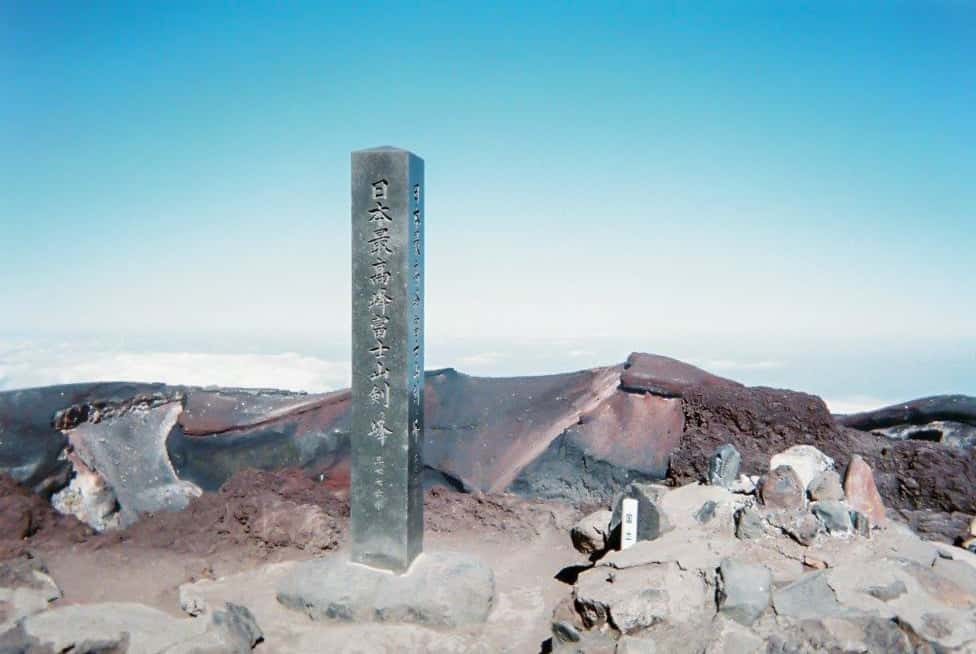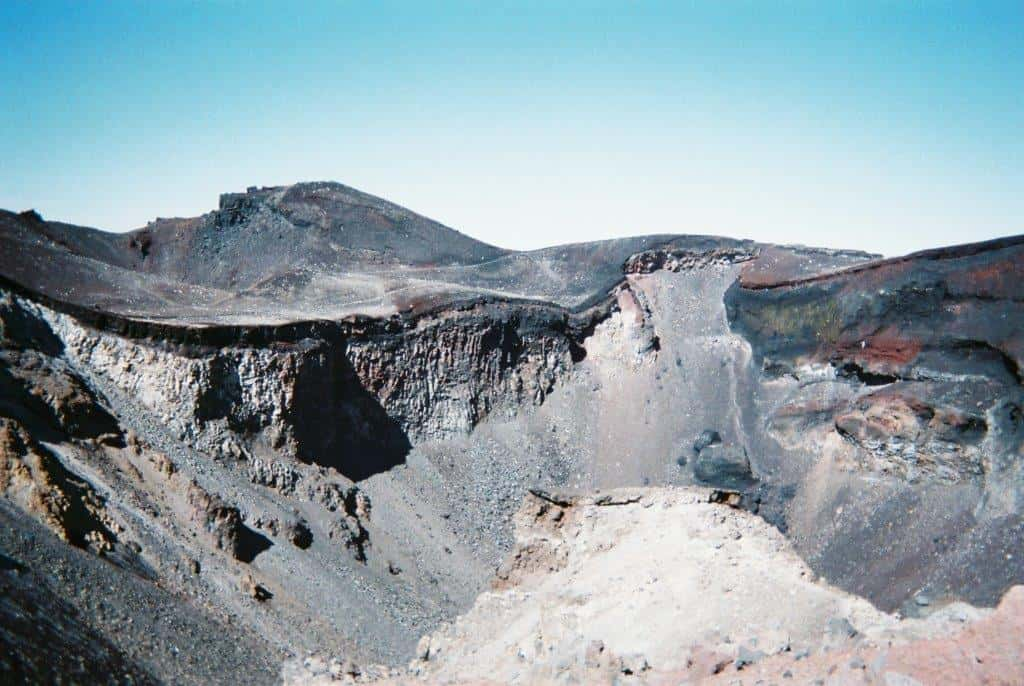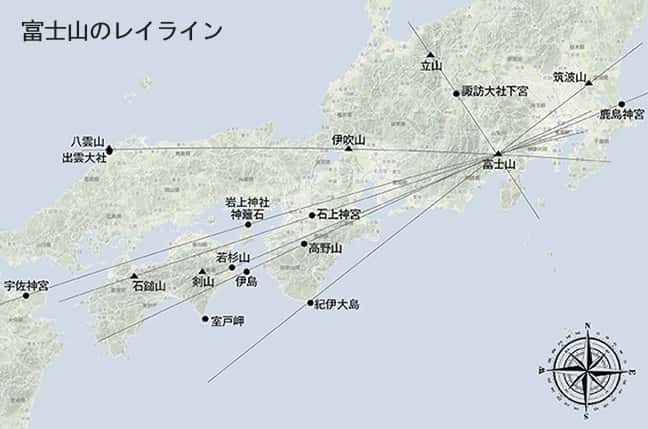目次
Reihou Fujisan

Fujisan, the highest mountain in Japan at 3,776 meters above sea level
When mentioning sacred mountains, the first mountain on everyone’s list is probably Fujisan, the highest mountain in Japan reaching 3,776 meters above sea level. Fujisan has been revered as a sacred mountain since ancient times and is an unparalleled symbol of Japan. Fujisan can be seen from the Pacific Ocean and from its summit, the Kanto Region and the towering peaks of the Chuou Alps can also be seen. Towards the northeast, Tsukubasan in Ibaraki and Yatsugatake and Asamayama can be seen in the north. In the northwest toward the Shinshu Alps, Norikuradake and Ontakesan are visible. To the south, Miharayama on Oshima island is visible. The fact that so many mountains can be seen from this point is a testament to the importance of Fujisan as a national landmark.

Fujisan Kengamine, Japan’s highest mountainFujisan is seen as the tallest mountain in the Japanese archipelago. For this reason, Fujisan is not only an incomparable symbol since ancient times, but it’s also a place where gods have been worshiped on its summit since people believed that gods lived on the high mountains, which then prompted the mountain to be called a reizan. However, Fujisan is also an active volcano. Each time the volcano erupts every few hundred years, not only do the shrines at the foot and on the summit disappear without a trace, but the entire mountain’s appearance also drastically transforms. Even after the damage from the eruptions, people continue to build a new shrine on the summit.
Fujisan and Asama Jinja

The volcano on Fujisan Fujisan worship has been associated with the eruption since its eruption during the reign of the 7th Emperor Koryo, and by the order of the 11th Emperor Suinin, Fujisan calmed down thanks to the enshrinement of the great deity Asama, thus Asama Shrine was built. There is a theory that the name “Asama” means “volcano”, and it is believed that Asosan and Asamayama, both prominent active volcanoes, were named after it. In the Chronicle of Japan, records show that during the reign of Emperor Keiko, when Yamato-takeru no mikoto was almost burned by a wild fire in Suruga Province, he escaped the disaster by praying to the great god Asama, indicating the steady spread of mountain worship on Fujisan. Even though Fujisan’s volcano erupted frequently thereafter, people still climbed to the peak of Fujisan by faith and subsequently built many Asama shrines throughout the islands.
The highest mountain “Fujisan”, which is one of the cardinal points of ley lines
Fujisan is an ancient reizan because it is, along with other mountains and shrines, a point on a ley line that, historically speaking, has the most venerable ancient sacred sites. The ley lines that run through Fujisan contains Izumo Taisha, Suwa Taisha, Isonokami Jingu, Kashima Jingu, and Usa Jingu, all of which are mentioned in the Chronicles of Japan and the Kojiki. There are no other ley lines that have more prominent shrines than the ley lines of Fujisan.
The Ley Line Running through Fujisan and its Holy Grounds

Summit of Fujisan, Asama Daisha OkumiyaIt’s noted that sacred sites connected by ley lines to Mt. Fuji are not only shrines erected during ancient times, but they are also holy mountains. Fujisan, Izumo Taisha is linked to Ibukisan, Isonokami Jingu to Ishizuchisan, and Suwa Taisha to Tateyama, along with many other mountains. Also, Tsukubasan is directly linked by a ley line to Mt. Fuji, along with Kii Oshima, the southernmost island of the Kii Peninsula. It is also noteworthy that the ancient shrine Kashima Jingu is connected to Wakasugiyama, originally an ancient mining site that became known for its cinnabar excavations, via Fujisan.
By examining these ley lines, it is not only confirmed that many sacred sites and mountains are geographical points along the same line as Fujisan, but it also could be surmised that the history behind Fujisan becoming a reizan can be found through studying the history of the shrines and mountains that are also found on the ley lines. Fujisan is a reizan, which can be understood from the fact that many ancient sacred sites along the ley lines are directly linked to the power of the earth.

